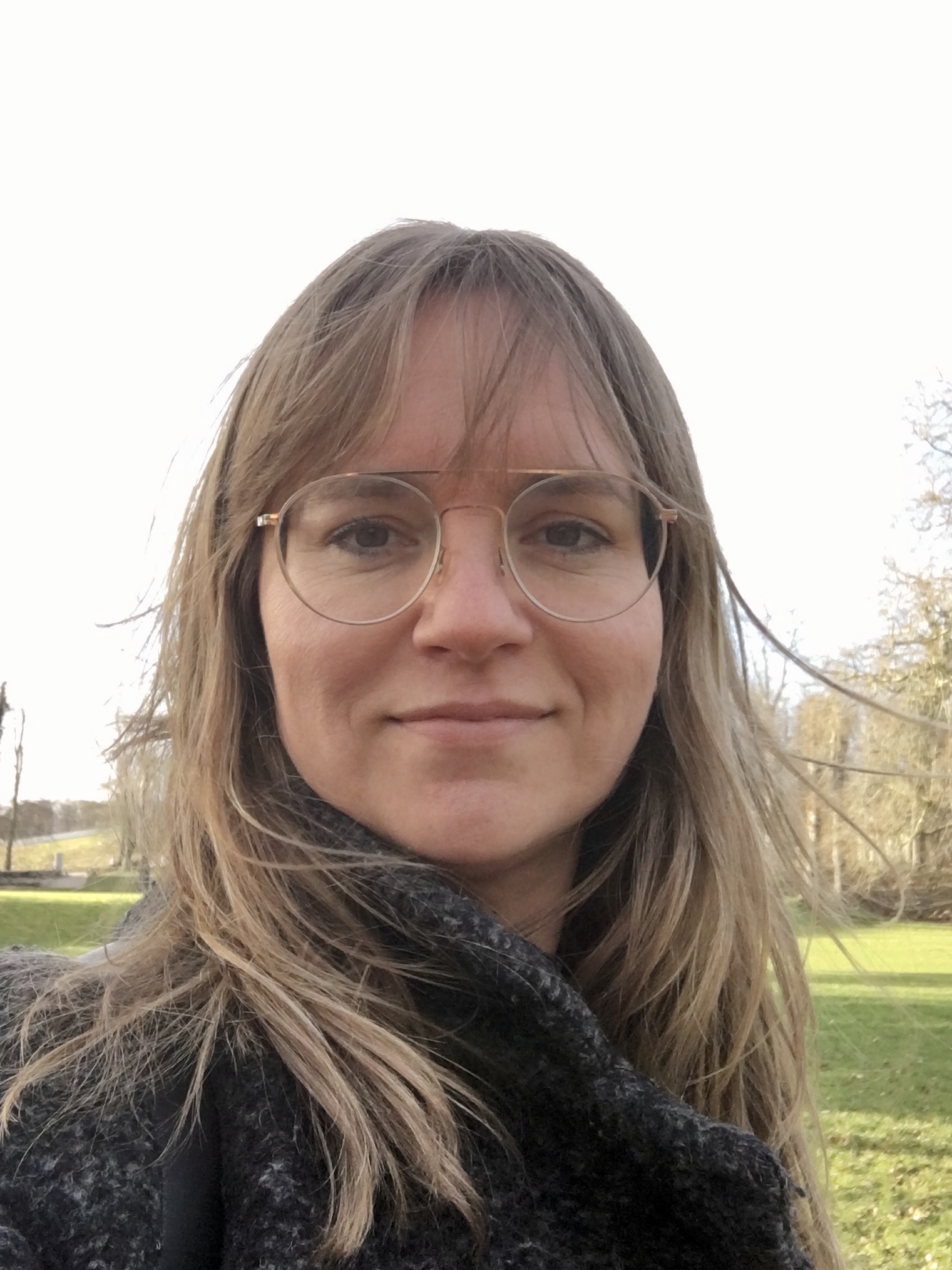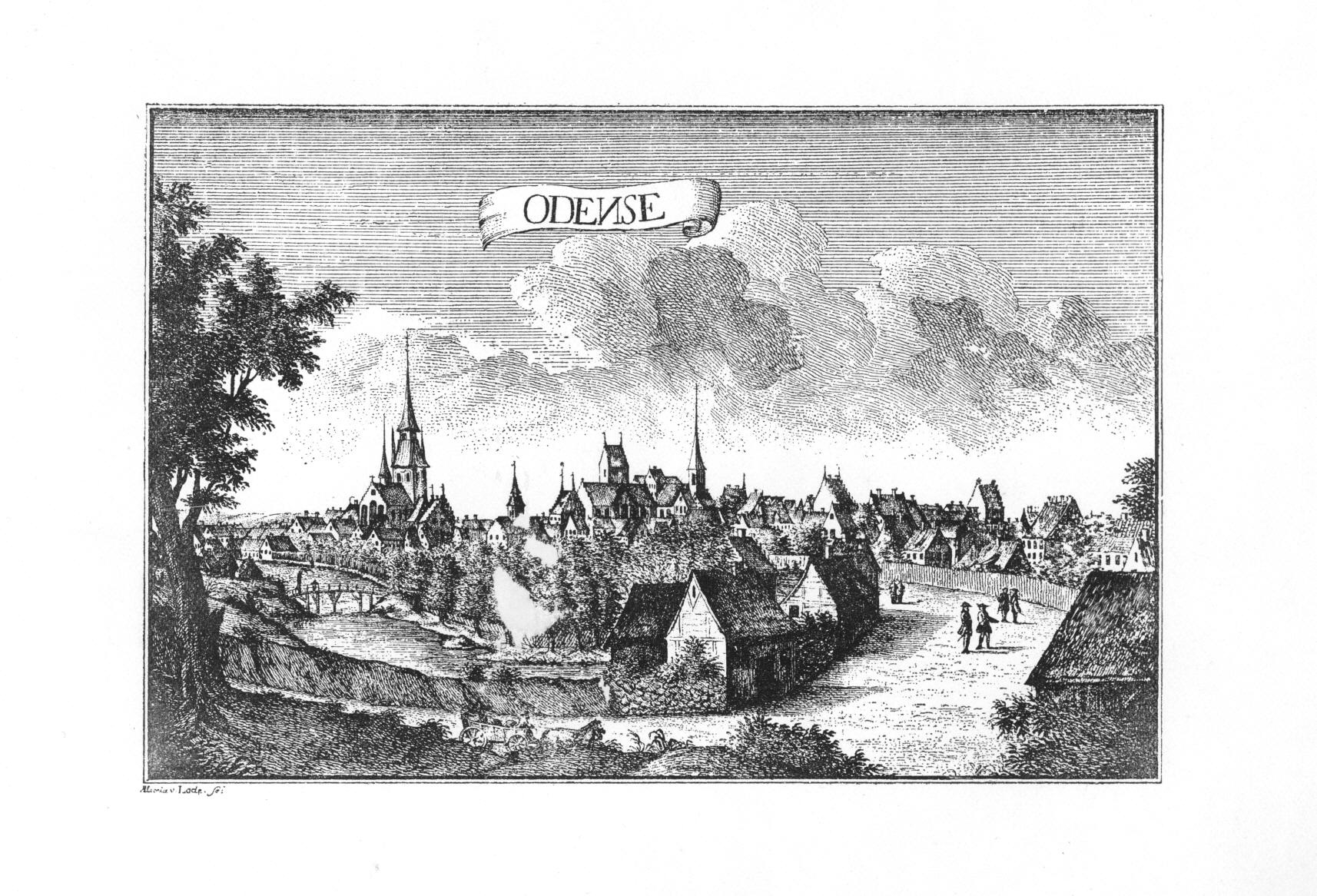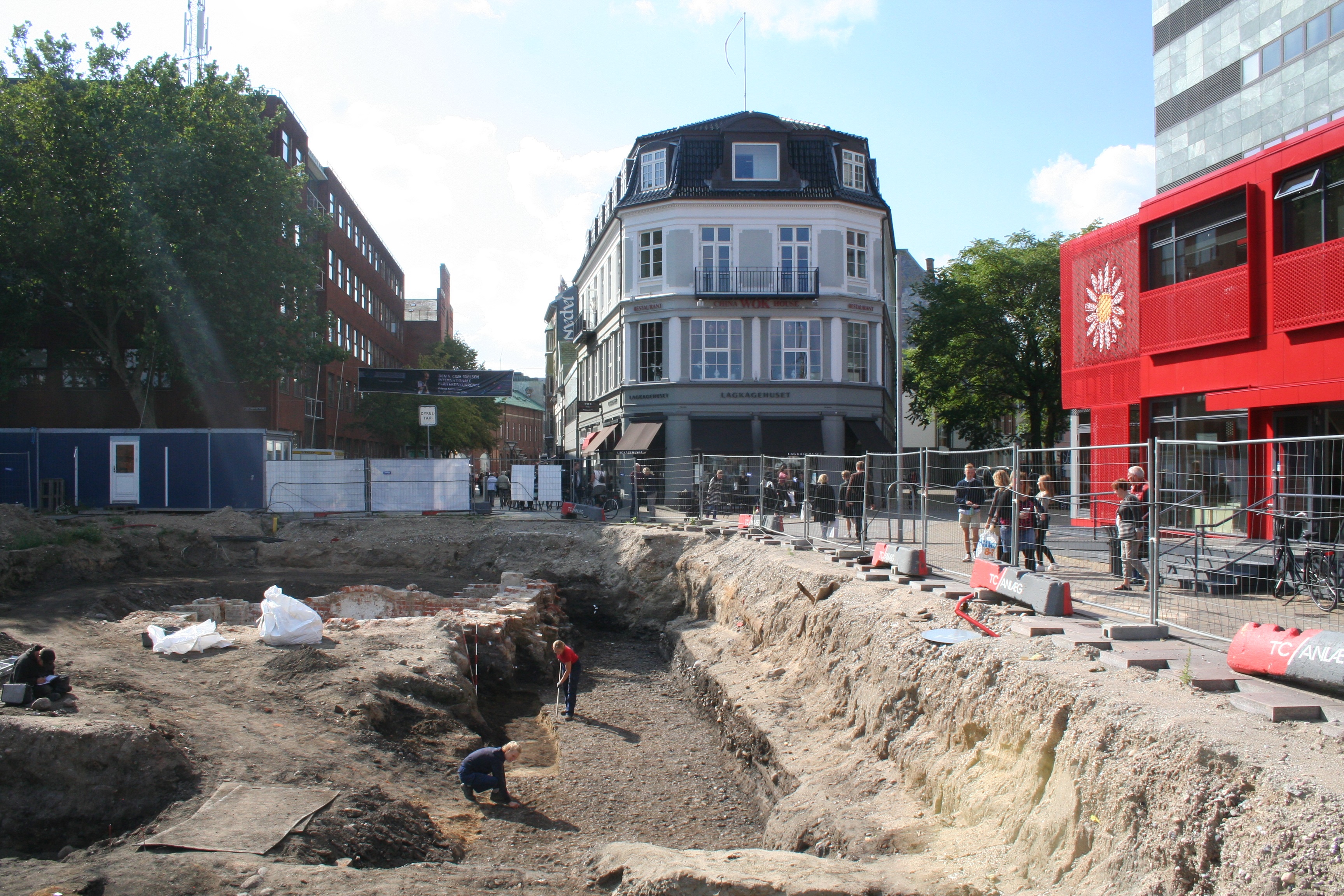UrbNet Postdoc Kirstine Haase receives funding from the Ministry of Culture Denmark
Postdoc Kirstine Haase has received 470.000 DKK from the Ministry of Culture for the Urban Landscapes project.



The Urban Landscape project continues Kirstine Haase's current Urban Deposit Models research project and will be conducted as a collaboration between Centre for Urban Network Evolutions and Museum Odense. The project will be carried out from 2023-24.
The medieval Danish towns are the bearers of a significant part of our shared cultural heritage, namely the accretion of cultural layers, which constitute a hidden, unique, and irreplaceable archive of the history of the medieval towns. The purpose of Urban Landscapes is to map and discuss how this cultural-layer growth over the centuries has shaped and changed the urban landscape. Has the town's terrain been deliberately changed, or did it happen through random waste accumulation?
Using Odense as an example, these questions are answered by creating three virtual sections of time in the town's archaeological underground. The sections will represent the urban landscape in the Viking Age, High and Late Middle Ages and are based on information from archaeological excavations and geological data. To put the results from Odense into perspective, similar processing of Assens, a medieval town whose formation and development we know much less about, is carried out. Here the existing knowledge is supplemented with new borehole samples and soil analyses.
Mapping the cultural layers of the two towns will increase our understanding of the connections between the natural conditions, the human transformation of the landscape and the location of the town's churches, squares and streets etc. The virtual sections of time will transform the past and cultural heritage from something abstract, hidden in the ground, into something visible and concrete.
You can read more about the project (in Danish) here.
